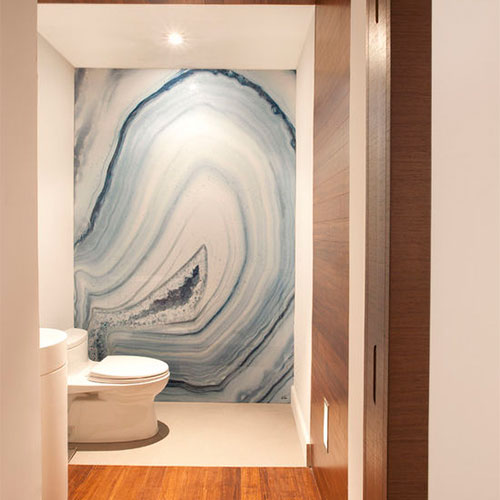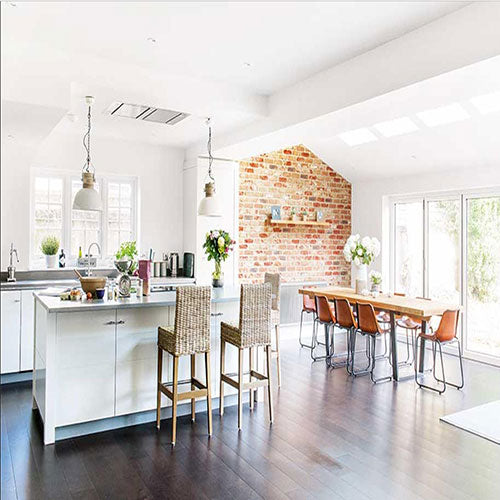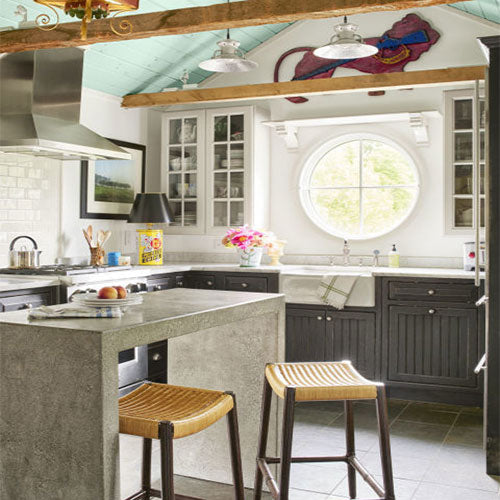10 Tips for Installing Bathroom Plumbing
1. A Concealed bathroom pipework
2. Flexible bathroom pipework
Since the flexible pipe can be threaded through joists and around corners without needing joints. So the plastic fittings can retrofit easily. Adaptors from copper to plastic are available.
3. Low-level shower trays
It’s common with a low-lever or flush shower trays when there is insufficient fall within the floor void for a bath or shower waste. The low-lever shower trays can create a void and at the same time you could run the waste between and below joists.
4. Separately valves
It’s a great idea to install the valves separately for each pipe so that they can be shut off for maintenance. Valves can be inline, but the neatest solution is to have a single hot and cold manifold, with individual and master shut off valves located behind a removable panel for easy access.
5. Avoid peculiar smells
Some times the displaced waste water can pull air from nearby waste traps instead of from the vent pipe, siphoning the water seal, creating a gurgling sound and releasing drain smells. But don’t worry, this situation can be avoided by fitting anti-siphon valves in the waste pipe, or anti-siphon traps.
6. Check water pressure
The basic water pressure of UK mainland is 0.5~3.0 bar. For some traditional old house, it’s just 0.1bar~2.0 bar. Ensure you check the pressure on your hot and cold supply – many shower and tap mixers require 1-bar at least, and won’t suit a traditional gravity-fed (header tank) system.
7. Circulating hot water
If the bathroom is on the end of a long plumbing run, hot water can take ages to arrive. A circulating system is essential for it. Please connect the end of the run back to the hot water cylinder and fit a bronze pump on the loop so hot water circulates. Taps will then run hot instantly when turned on.
8. Choose electric showers
If your existing combi boiler lacks sufficient hot water flow or pressure, consider fitting an electric shower that heats its own hot water on demand, fed by water direct from the rising mains.Only one thing you should remember is unplug the power cable when using the electric shower.
>



